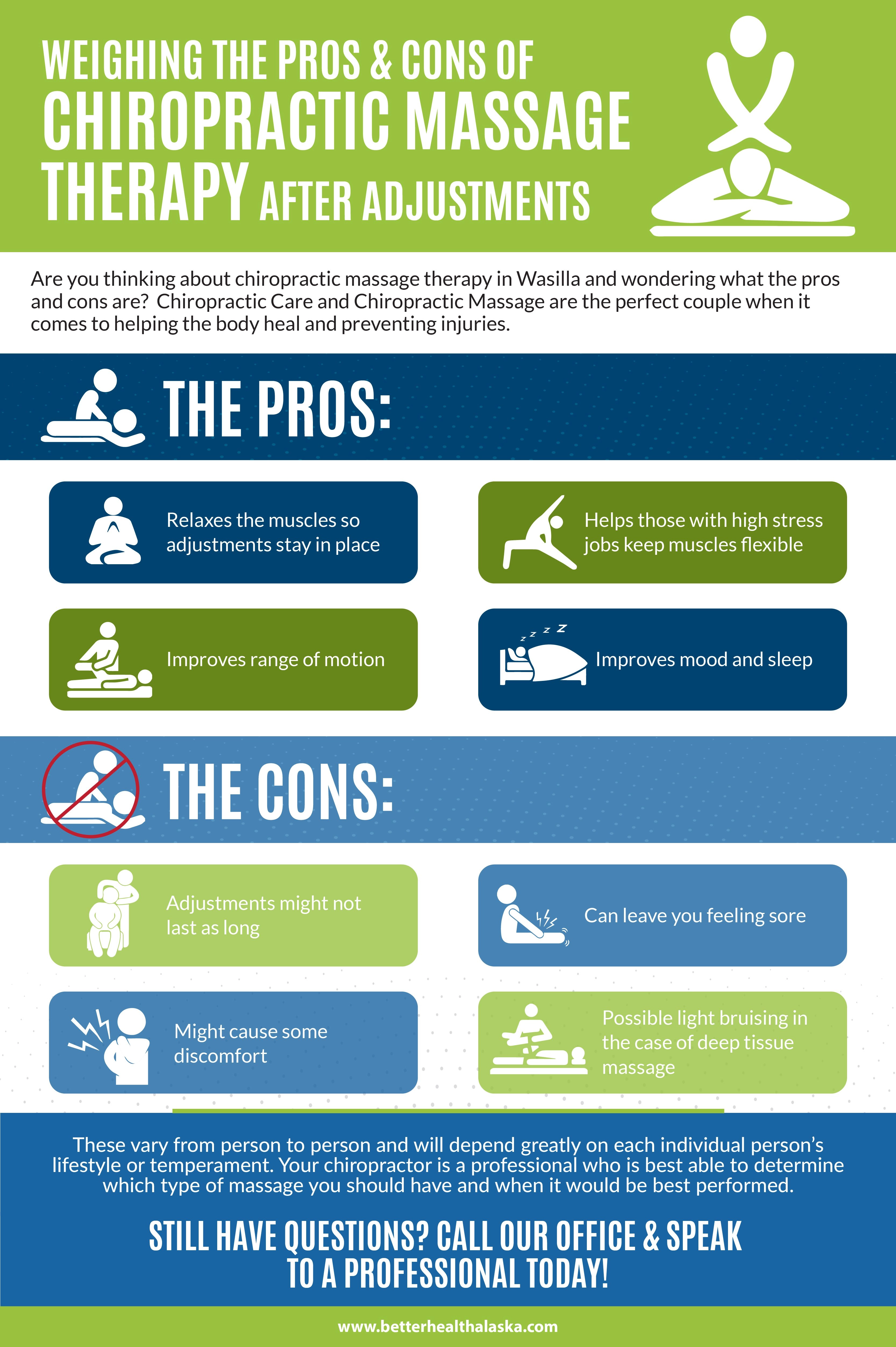Understand The Covert Factors For Your Pain In The Back And Take Proactive Steps In The Direction Of Far Better Health
Understand The Covert Factors For Your Pain In The Back And Take Proactive Steps In The Direction Of Far Better Health
Blog Article
Write-Up By-McCabe Eason
If you're experiencing pain in the back, your body might be trying to tell you something greater than simply discomfort. The means your back really feels can supply important clues concerning your overall well-being. Recognizing the specific type of pain you're feeling and any accompanying signs is vital to unraveling the enigma behind your discomfort. Let's check out the common conditions and signs and symptoms associated with different types of back pain to clarify what your body may be signaling.
Sorts Of Pain In The Back
When it concerns back pain, there are numerous types that you may experience. acupuncturist is muscle pain, usually triggered by overuse, pressure, or injury to the muscular tissues and tendons supporting the back. This kind of discomfort can range from mild pain to serious and incapacitating pain.
An additional kind is nerve discomfort, which can result from conditions like herniated discs or sciatic nerve pain. Nerve pain usually presents as a sharp, shooting feeling that radiates down the leg.
chiropractor new york ny dr. steven schram in the back can originate from issues like joint inflammation or sacroiliac joint dysfunction. This kind of discomfort is typically felt in the lower back and can be exacerbated by particular activities.
Furthermore, back pain can be related to structural problems such as back stenosis or vertebral cracks. Recognizing the kind of back pain you're experiencing is vital in identifying the suitable treatment and monitoring methods.
Common Manifestations to Expect
Relocating beyond the numerous kinds of neck and back pain, it is necessary to acknowledge the typical symptoms that can signify underlying problems.
Relentless pain in the back that aggravates with motion or at night can indicate an extra serious trouble. Pins and needles or prickling in the legs or feet, especially when accompanied by weakness, might indicate a nerve-related concern. If you experience sudden fat burning in addition to pain in the back, it could be an indicator of a more systemic condition.
Focus on any modifications in bladder or bowel feature, as this could be connected to spine compression. High temperature, cools, or evening sweats in conjunction with neck and back pain might signal an infection. Watch out for discomfort that radiates down one or both legs, possibly indicative of sciatic nerve pain.
Health Conditions Linked to Pain In The Back
If you struggle with pain in the back, it's important to recognize the possible health problems connected to this discomfort. Neck and back pain can be a symptom of different underlying concerns, including muscular tissue stress, herniated discs, osteo arthritis, spinal constriction, and also conditions like kidney stones or infections.
Muscle stress are common and commonly result from lifting hefty things or sudden motions.
Herniated discs occur when the soft cells between vertebrae protrudes, causing nerve irritability.
Osteoarthritis, a degenerative joint condition, can cause pain in the back as cartilage wears down.
Spine stenosis, the constricting of the back canal, can put pressure on nerves.
Kidney rocks might cause extreme pain in the back if they relocate right into the urinary tract.
Infections like back osteomyelitis can also materialize as neck and back pain. Recognizing these prospective health conditions can help you look for proper healthcare and administration for your neck and back pain.
Final thought
So, next time your back harms, take note of the type of discomfort and accompanying symptoms. It could be a signal from your body regarding underlying wellness conditions like muscle mass strain, nerve concerns, joint problems, and even structural concerns. By recognizing these indicators, you can take proactive actions to attend to the root cause of your pain in the back and boost your general health and wellness.
